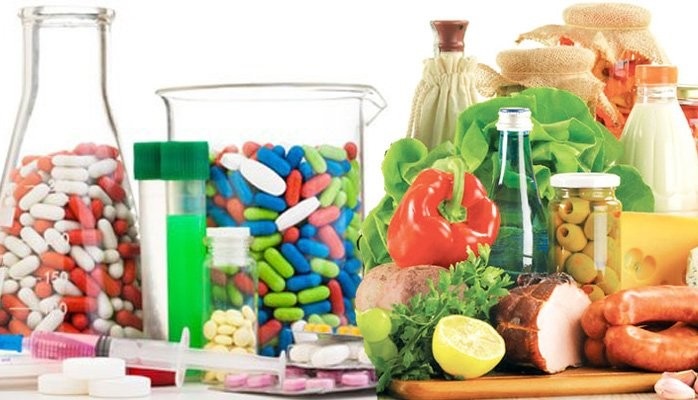
Cold chain mapping is important for both food items and pharmaceuticals because it helps ensure that products are stored and transported at the right temperature throughout the entire supply chain. Maintaining the right temperature is critical for preserving the quality, safety, and shelf life of these items. Food products that are not stored and transported at the right temperature can be subject to bacterial growth, spoilage, and degradation, which can compromise their quality and safety. This can lead to significant financial losses for the food industry, as well as risks to public health. Cold chain mapping helps identify potential temperature excursions and other temperature-related issues in the supply chain, allowing stakeholders to take corrective action to mitigate the risk of quality and safety issues.
However, there are some key differences between cold chain mapping for food items and pharmaceuticals:
Temperature requirements: Food items typically have less stringent temperature requirements than pharmaceuticals. While the temperature range for food items may vary between 0°C to 15°C, the temperature range for pharmaceuticals is typically much narrower, with some products requiring storage and transportation at temperatures as low as -80°C.
Packaging and insulation materials: Food items and pharmaceuticals have different packaging and insulation requirements. While food items can be transported in simple insulated containers, pharmaceutical products often require specialized packaging materials, such as temperature-controlled containers or refrigerated trucks, to maintain the required temperature range.
Time in transit: The time in transit for food items is typically much shorter than for pharmaceuticals. While food items may be transported over a few days, some pharmaceutical products may have to be transported over long distances, across multiple countries, and for several weeks.
Regulatory requirements: The regulatory requirements for food items and pharmaceuticals differ. The regulations for pharmaceuticals are typically more stringent, with requirements for documentation, traceability, and product safety.
Given these differences, the mapping exercise for cold chain management for pharmaceuticals may require more detailed temperature monitoring, more stringent packaging and insulation materials, and may need to comply with more stringent regulatory requirements than for food items.
